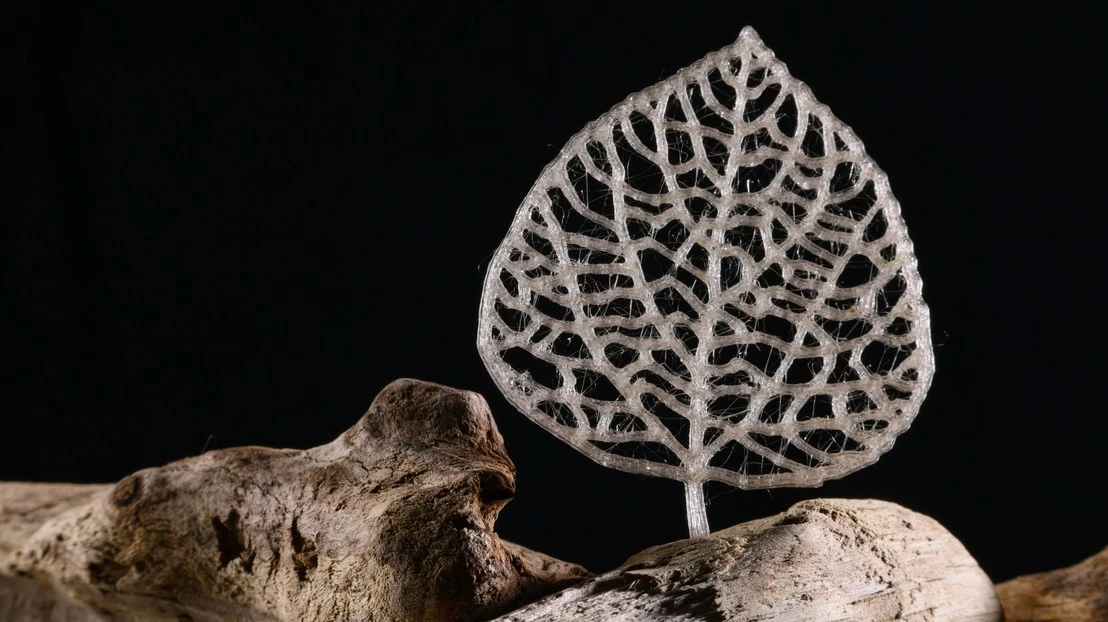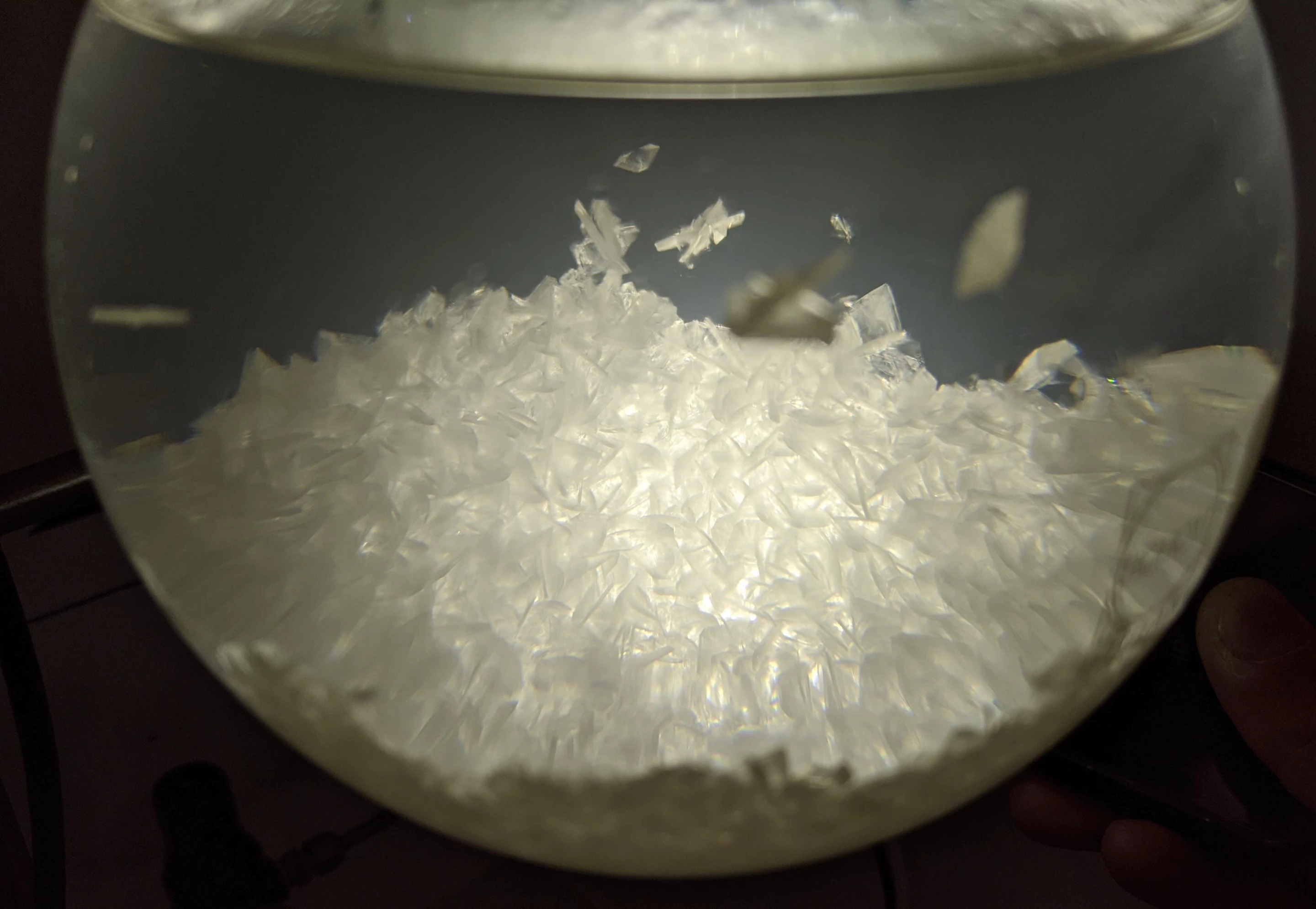Plastics are tough and versatile materials, which is great when they’re in use but not so good when they end up in the environment. Scientists at EPFL have now developed a new PET-like plastic material derived from waste plant matter that can be chemically recycled or degrade into harmless sugars in the environment.
The new material gets its plastic-comparable strength from lignin, a biopolymer that makes up the hard wall of plant cells. In previous work, the EPFL team developed a method for cooking non-edible plant material like wood and bark in inexpensive chemicals, which extracts lignin and keeps it stable to produce a plastic precursor material. In the new study, the researchers used a different but related chemical to make a more versatile bioplastic.
“By using a different aldehyde – glyoxylic acid instead of formaldehyde – we could simply clip ‘sticky’ groups onto both sides of the sugar molecules, which then allows them to act as plastic building blocks,” said Lorenz Manker, first author of the study. “By using this simple technique, we are able to convert up to 25 percent of the weight of agricultural waste, or 95 percent of purified sugar, into plastic.”
The resulting bioplastic showed many of the desirable properties of conventional plastics. It can withstand temperatures of up to 100 °C (212 °F), has tensile strengths of up to 77 MPa, a stiffness of up to 2,500 MPa, and formed strong barriers to oxygen and water vapor. It’s versatile too, with the team demonstrating that it can be used to make packaging film, filaments for 3D printing, or fibers that can be spun into textiles.

The material’s environmentally friendliness isn’t limited to its creation – its disposal is green too. It can be chemically recycled using the process currently used to recycle PET plastics, and if it does make it into the environment, it will degrade into its constituent plant sugars rather than microplastics.
There are plenty of plant-based bioplastics in development, with major corporations like Lego and Coca-Cola already trialing them in their ubiquitous products. As with all of these advances, there are still hurdles to overcome before they could be scaled up to mass production, but in this case, the team says that the chemistry to make the new bioplastic is simpler than others, and use chemicals that are inexpensive and already in wide use.
“The plastic has very exciting properties, notably for applications like food packaging,” said Jeremy Luterbacher, lead author of the study. “And what makes the plastic unique is the presence of the intact sugar structure. This makes it incredibly easy to make because you don’t have to modify what nature gives you, and simple to degrade because it can go back to a molecule that is already abundant in nature.”
The research was published in the journal Nature Chemistry.
Source: EPFL





